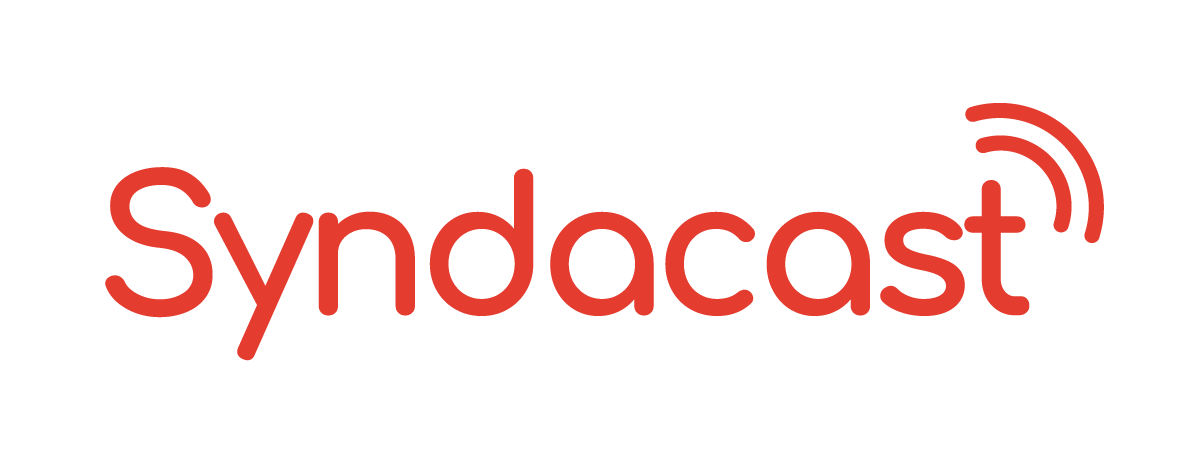Real-Time Personalization: The Ultimate Web Browsing Experience
When it comes to online marketing, there is no such thing as one-size-fits-all. And that’s really old news for online marketers. This is why we have all those wonderful targeting and demographic segmentation tools to single out each audience; based on recent activity, demographics, behavior and what not.
Here we’re really talking more about display advertising. When it comes to content marketing, it’s the same targeting and optimization that takes place. You wouldn’t design an infographic just for anyone but for your target readers per se to aim for the highest number of views and shares. In other words, display advertising and content marketing are rather fluid so to speak.
Now, here’s where it starts getting interesting…..
Apparently, when it comes to one of the most important aspect of the online world, websites, it’s still quite rigid and unyielding. Research shows that 74 percent of consumers feel increasingly frustrated when the content on a website isn’t relevant to their needs. In other words, the idea of one-size-fits-all approach for website design is quickly becoming a thing of the past.
Consumers today have no time to learn about your website. They expect companies to provide the information they need and to provide it quickly. In today’s world, websites that standout, are websites that have successfully leveraged what’s called the power of real-time personalization. The key to designing a website that performs is more than just pretty images and more than layout or where the elements are placed, but a website that caters to audiences and acts like a personal dashboard.
For websites, real-time personalization is about individualizing each user experience. The website should be intelligent enough to understand how people are interacting with the website, compute that data and displays web content based on each user’s past actions on the site. This in turn would boost engagement and relevancy for visitors. Here’s a quick guide on how to get started.
#1 Create audience personas based on your web analytics data, research and the audience you want for your product and services.
#2 Make sure to give your personas more than just personality types but what might motivate them to buy, the type of job they do, what makes them happy or angry.
#3 Based on the personas, create a content map to strategize the type of services and products to emphasize as well as the content medium (i.e. text, images, design, videos, tone of voice, etc)
#4 The idea behind this practice is to essentially guide your audience through the sales funnel by filtering what to show each audience based on relevancy and their interest.
#5 Now that you have your personas and content strategy set, bring outside factors into the mix. For instance, geo-targeting could be used to show relevant information for each visitor based on where they are accessing your website from. Tailor seasonal and holiday greeting messages based on personas or even adjust messages based on what channels people are arriving from, for instance organic search, paid search or direct traffic.
Ultimately, there is no limit to how advanced the real-time personalization you want your website to offer. For websites just stepping into this domain, the recommendation is to start with a customizable dashboard based on the user’s preference. This is the first stepping stone for moving towards a highly intelligent website.





